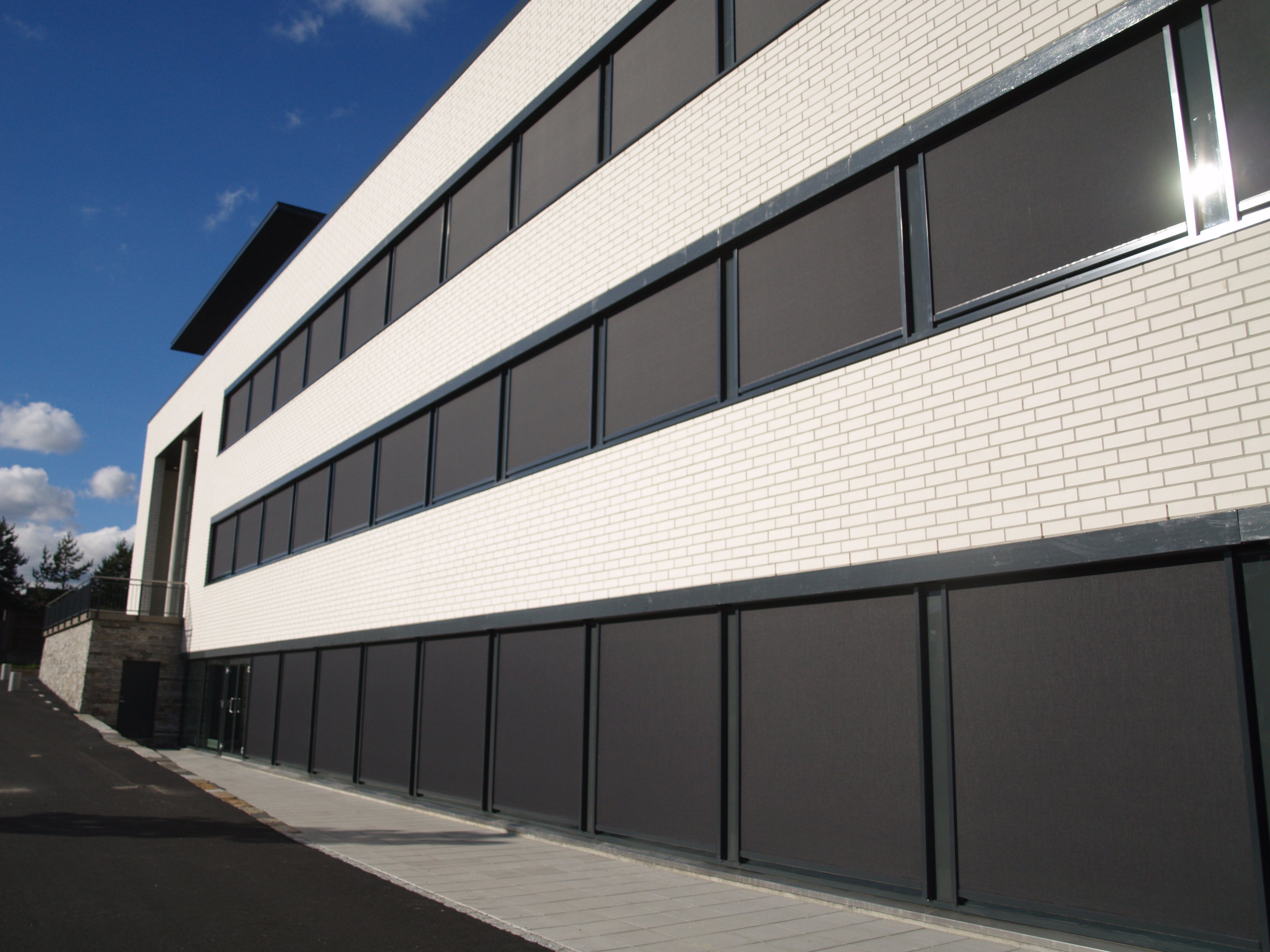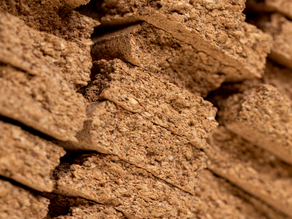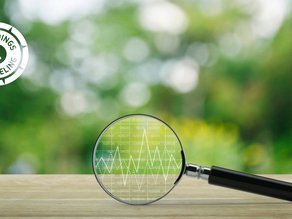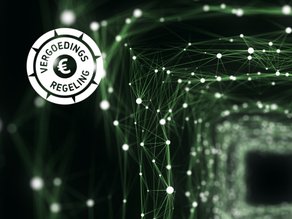Sun protection from Smits Rolluiken en Zonwering (AVZ-Group) is in the NMD with CAT 1 data
We spoke to Sustainability Manager Lindsay Wevers and Innovation Manager Wil Heijmans for this article. Sustainability is a subject they both deal with on a daily basis.

AVZ-Group is a group of specialised companies in development, production and supply of outdoor blinds, roller shutters, patio covers and mosquito nets. The group consists of four companies and operates in 30 countries. Sustainability is one of its strategic pillars. AVZ-Group is committed to making its own operations and products more sustainable. Making life-cycle analyses plays an important role in this. LCAs offer great insight into the total environmental impact of its products. Its entire portfolio of category 1 sunblinds is now included in the National Environmental Database.
We spoke to Sustainability Manager Lindsay Wevers and Innovation Manager Wil Heijmans for this article. Sustainability is a subject they both deal with on a daily basis.
Lindsay: ‘Sustainability is high on our agenda. We want to reduce our CO2 footprint as much as possible. One of the ways we do this is by using the CO2 Performance Ladder. We are certified for level 3."
‘Solar shading already contributes by itself to making homes and buildings more sustainable,’ says Wil. "By applying them correctly, you can keep the heat out in summer, but also keep the heat in in winter. At the same time, we are looking at how we can also make these products as sustainable as possible in terms of materials."

Sustainability manager
Lindsay Wevers
Insight through LCAs
Through life-cycle analyses, AVZ-Group gains concrete insight, which helps in making its products ever more sustainable.
Lindsay: ‘An LCA provides insight into what the environmental impact of the product is, expressed in environmental costs. That makes the data reliable and comparable. For instance, we were surprised by the contribution of some product groups. That triggers internal discussions; is a certain component or material necessary or can it be done differently?"
‘It is a process we are in the midst of,’ Wil says. ‘Some examples are a different surface treatment of the bearing pin, reducing the number of fasteners and reducing the weight of our aluminium products.’
"Our products must be able to withstand weather and wind. This means that adapting work processes is done deliberately and with policy. In order to continue to guarantee the quality of our products."


Getting information to the surface
Lindsay: ‘Another purpose of making the LCAs is inclusion in the National Environmental Database. This information can be used by external stakeholders in designing and calculating the environmental impact of buildings."
AVZ-Group has purchased a tool to make LCAs independently, to gain its own insight and reduce (costs). The LCAs are of course reviewed by independent experts to ensure the outcomes.
"The complexity in the process is mainly in getting all the information from suppliers. If our products contain certain parts, we need to know exactly what those parts are made of. It is sometimes quite a search and puzzle to get the right information. Although we also notice that it is becoming more and more normal to expect to share this kind of information from each other."
CAT 1 data
AVZ-Group is proud to now be listed in the National Environmental Database with all its screens, roller shutters, drop-down screens and Marisolettes under category 1 data. "This makes us the first in our industry.
This category has the highest reliability because the data has been analysed at product level rather than category level. This makes the environmental performance of different structures more comparable with each other."

Category 1,2 & 3, how was it again?
The National Environmental Database collects environmental data on building products. Those data describe for each product life phase the effect of the construction product on resource depletion and the toxic emissions released. The database is the central data source for calculation tools used to determine the environmental performance of construction works. In the National Environmental Database, we distinguish three categories of environmental declarations of products.
Category 1
These are verified, proprietary data.They are owned by the manufacturer.
Category 2
These are verified, industry/sector-related data.They are owned by the industry.
Category 3
These are untested, generic data, compiled by LCA experts. These category 3 data are a fallback option for when no maps of this product exist yet. These data are less sharp, which is why they have a markup factor of 30%.
To fill the National Environmental Database with as much category 1 and 2 data as possible, we encourage producers and manufacturers of building materials to supply these data. We do this with a scheme under which you can be reimbursed €2,500 for having an LCA made.
Read more about this compensation scheme ‘Filling the Gaps’.



